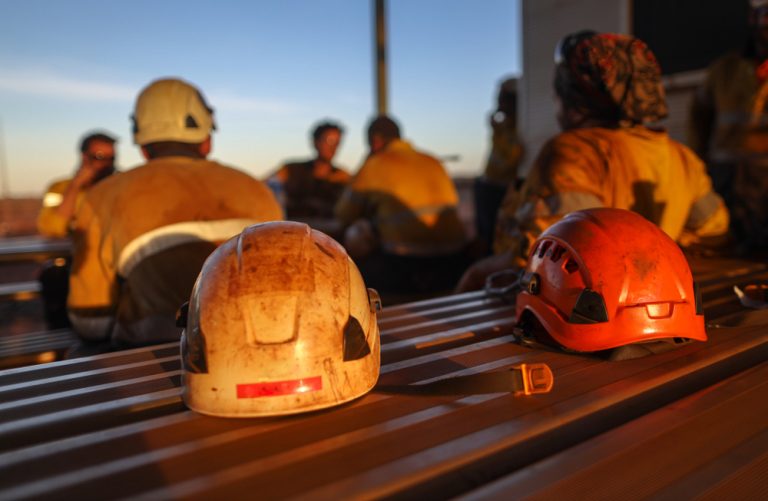

mining safety Tips
Mining is a risky business: Being underground doesn’t feel natural as it is a harsh environment for humans. Safety is a top priority for mining operations because the areas feature extremes in temperatures, air quality, and impacts. To improve mine safety, we put together 3 essential safety tips.
1- Wear Personal Protective Gear :
Personal protective equipment is equipment worn to minimize exposure to various hazards. Examples of Personal protective equipment in mining include gloves, steel-toed footwear, eye protection, protective hearing devices (earplugs, muffs), hard hats, respirators, and full bodysuits.
Hard hats are essential to keep workers safe to protect them from severe injuries: rockfall is a common cause of incidents. It is mandatory to put on your equipment before entering hazardous zones. Every mine should define the PPE that is required for the activity. Replace defective clothing immediately.
2- Improve visibility :
In underground operations, visibility is always an issue because low visibility can cause mistakes. Eliminating intersections whenever possible, so drivers only have to look one way, is a good start to avoid hazards.
In general, underground illumination can solve the problem . Ensure personal lighting devices and stationary lamps can withstand all weather conditions. This can offer constant light sources and keep mining crews from unexpected blackouts. In addition, working headlights on machinery and mobile equipment can alert drivers to nearby personnel, preventing hazardous collisions.
3- Assess hazards :
Assessing the hazards is maybe the most critical step to mitigate safety risks. Putting together a plan is a good starting point. Such a plan indicates :
- The nature of the principal mining hazard ;
- How it relates to other threats in mine ;
- the analysis methods used in identifying the mining hazards ;
- A record of the risk assessment conducted concerning the mining hazards ;
- A description of all control measures to be implemented to manage risks to health and safety associated with the principal mining hazards ;
- A description of the arrangements in place for providing to workers the information, training, and instruction required about the main mining hazard ;
Insights from a plan like this influence drilling design and blasting operations. Careful investigation of the rock characteristics, stresses and probable aftermath can decrease the unknowns and improve the sequence of events.

HEAD OFFICE
DUBAI, BUSINESS BAY,B2B TOWER 2310
CALL US
© 2022 JPG consulting partners Energy trading & commodities. All Rights Reserved by MSIT-Conseil